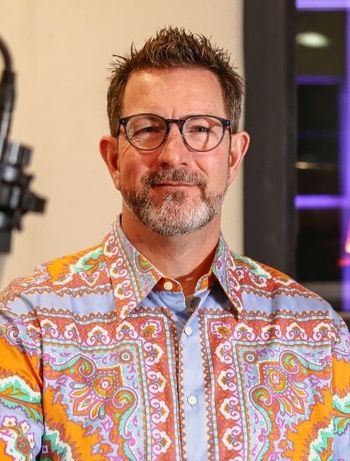
Elastography jockeys to replace some biopsies
Ultrasound elastography may be the link bridging the gap between suspicion and definitive proof, a noninvasive means to distinguish between benign and malignant tissue. The technology for doing so appeared some years ago at the annual meeting of the Radiological Society of North America as an experimental curiosity. It’s been evolving since then until it appears now to have reached a clinical tipping point.
Ultrasound elastography may be the link bridging the gap between suspicion and definitive proof, a noninvasive means to distinguish between benign and malignant tissue. The technology for doing so appeared some years ago at the annual meeting of the Radiological Society of North America as an experimental curiosity. It’s been evolving since then until it appears now to have reached a clinical tipping point.
Last week at the RSNA meeting, the society showcased the technique as having the potential to reduce the number of breast biopsies for cancer. Dr. Stamatia V. Destounis, a diagnostic radiologist at Elizabeth Wende Breast Care, a large, community-based breast imaging center in Rochester, NY, was quoted Nov. 30 in an official press release from the RSNA as saying that elastography is “an easy way to eliminate needle biopsy for something that’s probably benign.”
The underlying concept is practiced every time a physician does a palpation. Diseased or injured tissues compress differently than healthy tissue. Elastography measures the degree to which a lesion can be compressed, translating this into color-coded graphics displayed on an ultrasound monitor. Cancerous tumors tend to be stiffer than healthy or even benign lesions. A compressible lesion, therefore, is less likely to be malignant.
For the RSNA to serve as the megaphone for this potential is reason to believe that elastography’s time may have come, a fact underscored by vendors’ efforts to jump on the bandwagon as never before. On the RSNA exhibit floor, major ultrasound vendors talked up the potential of this technique, showing either works-in-progress or full-blown commercial products that can be used to differentiate benign from malignant lesions.
The efforts of one company stood out: SuperSonic Imagine, a French startup cofounded by Jacques Souquet, former chief technology officer at ATL and later Philips, and one of the pioneers of modern ultrasound. Souquet last year brought the company and its Aixplorer scanner to the RSNA meeting for the first time, demonstrating its proprietary form of ShearWave Elastography.
Unlike conventional approaches, which rely on manual compression of the breast, SuperSonic’s version is operator-independent, using ultrasound “shear waves” to compress tissue and ultrasound echoes to assess tissue stiffness. At least one other vendor at the RSNA meeting showed early research results with a form of shear wave, lending credence to this approach.
SuperSonic and other vendors can count on the buzz about elastography to drive interest in their technologies. But more important than future equipment sales is what elastography might mean to cancer diagnosis. Clinical research projects are looking into what the current technology can do to define lesions in organs such as the thyroid and liver, as well as the breast.
If elastography lives up to its clinical potential, it might dramatically reduce the number of biopsies not just in the breast but elsewhere. Moreover, the immediacy of its results promises to speed diagnosis, sparing patients the worry that inevitably accompanies the wait from when a suspicious lesion is found until its true nature is determined.
Newsletter
Stay up to date on recent advances in the multidisciplinary approach to cancer.































































































